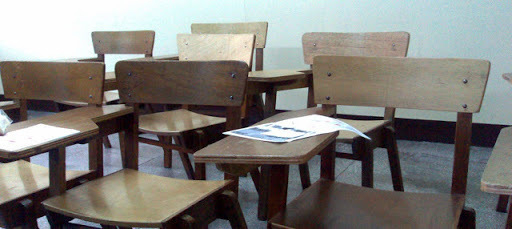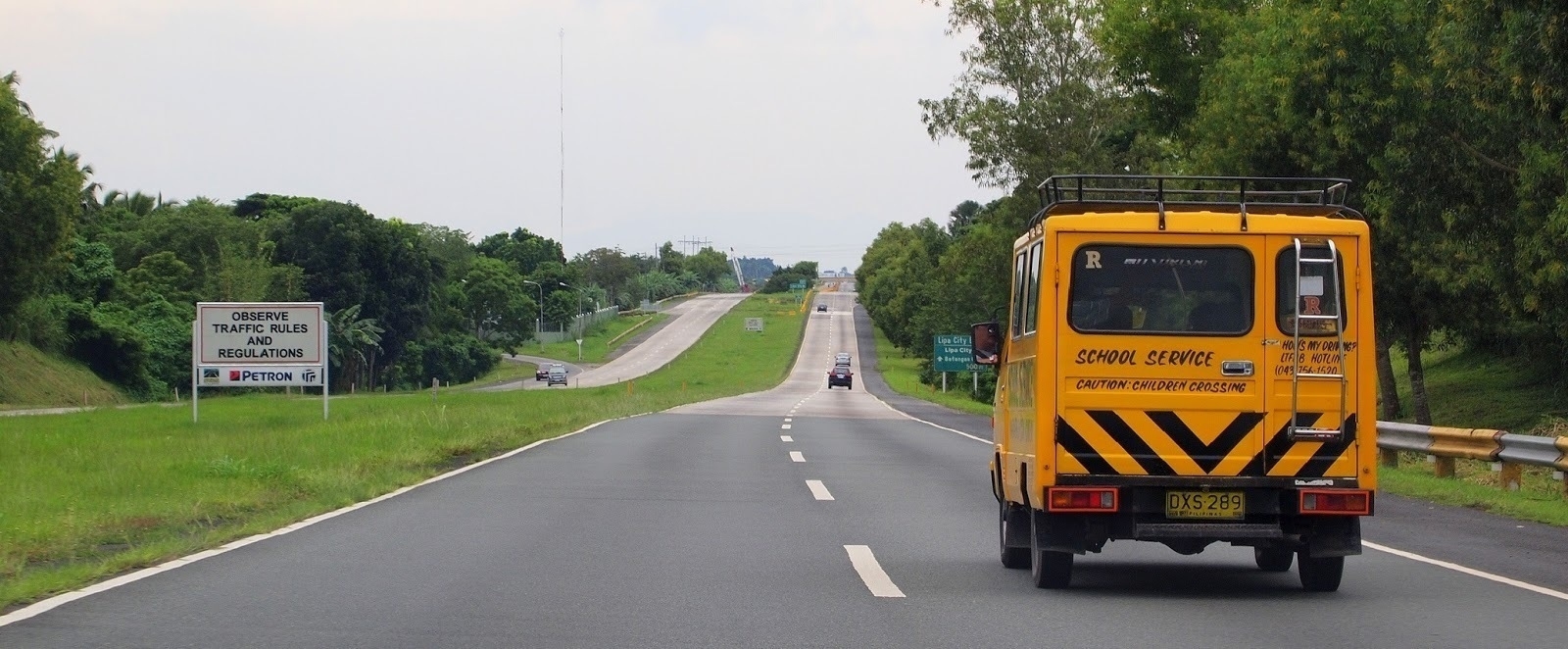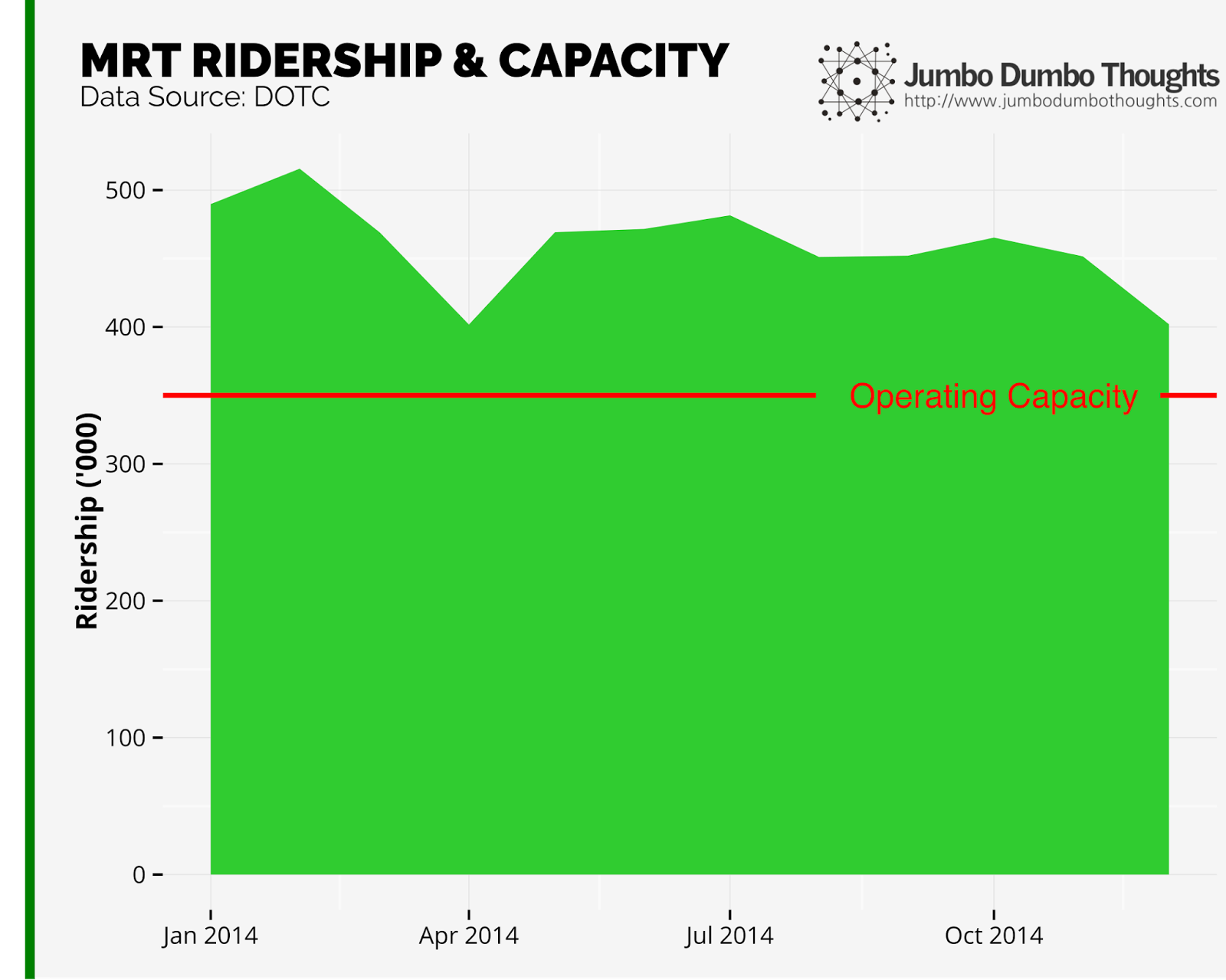👋 Hey there! I'm TJ. I write about data products, technology, software, and economics.
I'm a husband and father, living in Singapore, and from the Philippines. I explore data engineering and accounting at Titanium Birch.
Fête wisely this 2016
Contributed Post
This is a contributed post from Carl Dominick Calub of TALAS Data Intelligence
It’s Fête 2016!
For you who have just heard about it, you can visit their FB page to know if you should know about it. The gist is music-lovers the world over celebrate Fête dela Musique — World Music Day — in June every year. In the Philippines this year, the 22nd Fête will be held on 18 June 2016 in Makati.
Where in Makati? EVERYWHERE. It’s the ultimate bar-hopping event for audiophiles! Multiple gigs called pocket stages are set up in different bars. Each stage showcases a different genre. This year, there will be 21 pocket stages. That means 21 different genres!
There are also two main stages that play alongside the pocket stages for those who don’t fancy spelunking around Makati. While each pocket stages is dedicated to a specific genre, the main stages feature a more diverse lineup of artists.
The main stages serve as convenient samplers of the different music themes. But the pocket stages are more interesting for people not just because they offer a more immersive experience, but also because there’s a problem to solve. If you can visit all 21 gig locations, then you can enjoy your share of concerts for the year. The cherry on top: you don’t have to pay a single peso!
With that many stages, it can be a very daunting task though. So how do we make it easier? Let’s follow the data.
On the Elections: Election Fingerprints

In this elections series, we’ll explore various aspects of the 2016 Philippine National Elections, from fraud detection to the differences in how our country votes. In this first instalment, we learn about election fingerprints and how they may be used to detect fraud in the form of ballot stuffing or vote padding.
On Scientific Studies, P-Hacking, and Media Irresponsibility
John Oliver takes a comedic stab at how science is portrayed in mainstream media. In the interest of presenting a simple soundbite, things like sample size, caveats, and other potential sources of bias are left out. Problems with p-hacking, lack of replication, and publish or perish are also discussed.
You can find his other videos on his YouTube channel.
aliases: - 2016/05/on-scientific-studies-p-hacking-and-media-irresponsibility.html - content/thoughts/2016-05-22-on-scientific-studies-p-hacking-and-media-irresponsibility/on-scientific-studies-p-hacking-and-media-irresponsibility.html - posts/2016-05-22-on-scientific-studies-p-hacking-and-media-irresponsibility - thoughts/on-scientific-studies-p-hacking-and-media-irresponsibility
Career Talk for students at De La Salle University
I gave this talk to a bunch of De La Salle University students about how university helped me in my role at Uber.
On Coverage and Capacity: A look at school capacity in the Philippines (EduData Part 2)

Students require rooms, students, and operating budgets in order to receive a proper education. The question is, which resources are in short supply? How does this differ across different parts of the country? Let’s find out how the school system is holding up in this second installment of the EduData Series.
On Schools and Survival: A look at dropout rates in the Philippines (EduData Part 1)

In what grade level are students most likely to drop out? Are females or males more likely to stay in school? We’ll explore delays and dropouts in the Philippine education system with data from the Department of Education in this first installment of the EduData series.
On the MRT: A Capacity Conundrum
This article was also featured on Rappler and GMA News Online!
After more than 16 years in operation, it is clear that the MRT isn’t anymore what it once was. What used to be an enduring symbol of progress and technological innovation is now just an uncomfortable, accident-prone, and unfortunately, inevitable mode of transport. Operating at the level of about 500,000 passengers per day on a capacity of only 350,000, transport secretary Abaya says the trains continue to be worn down from the excessive burden.
Too close for comfort

MRT Ridership - Continuously operating at above capacity is sure to bring undue wear and tear to a system that hasn’t seen any major overhaul since it was built.
I’ve written before on the state of train lines in the capital, but new data from the Department of Transportation and Communications (DOTC) has surfaced, allowing us a more detailed look at the inner workings of the historic MRT.